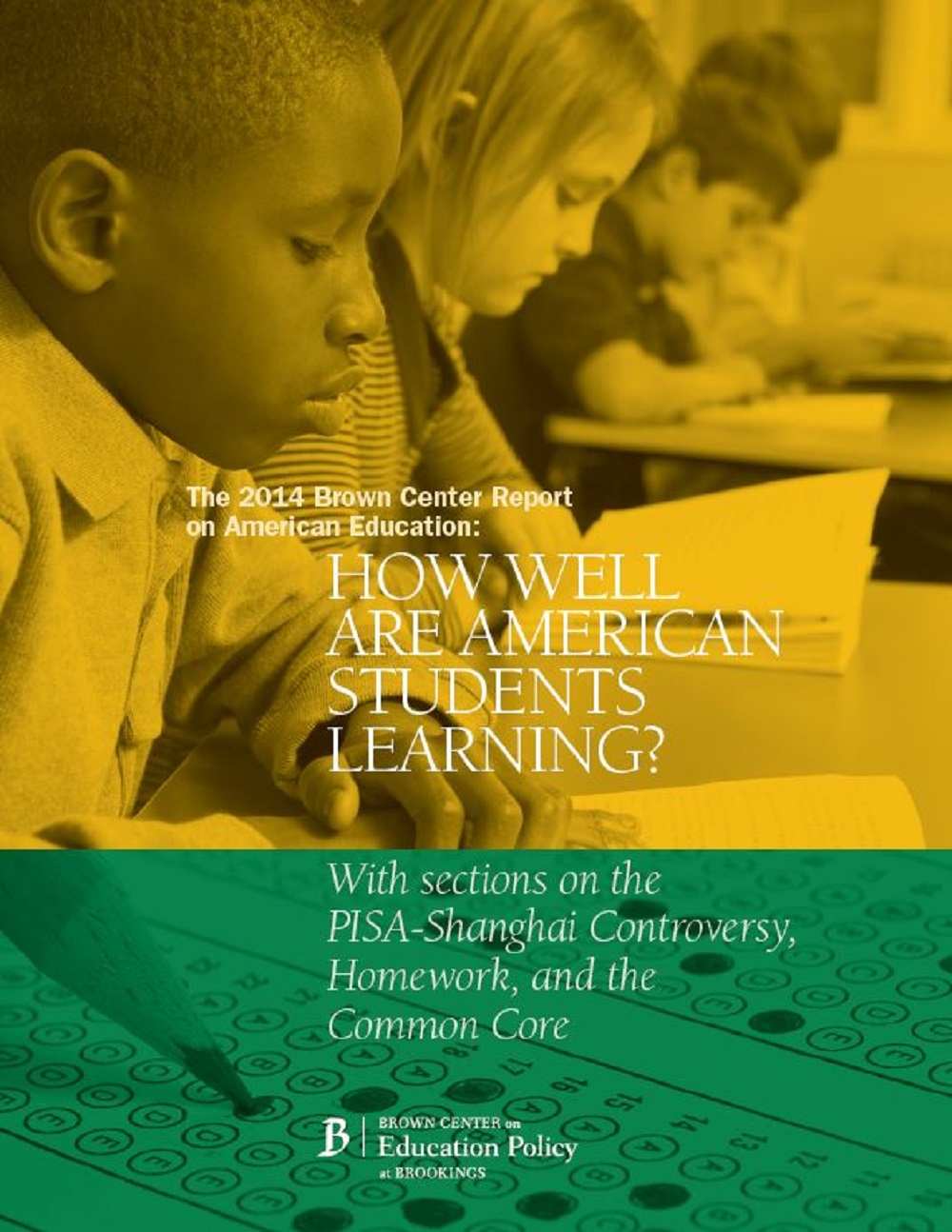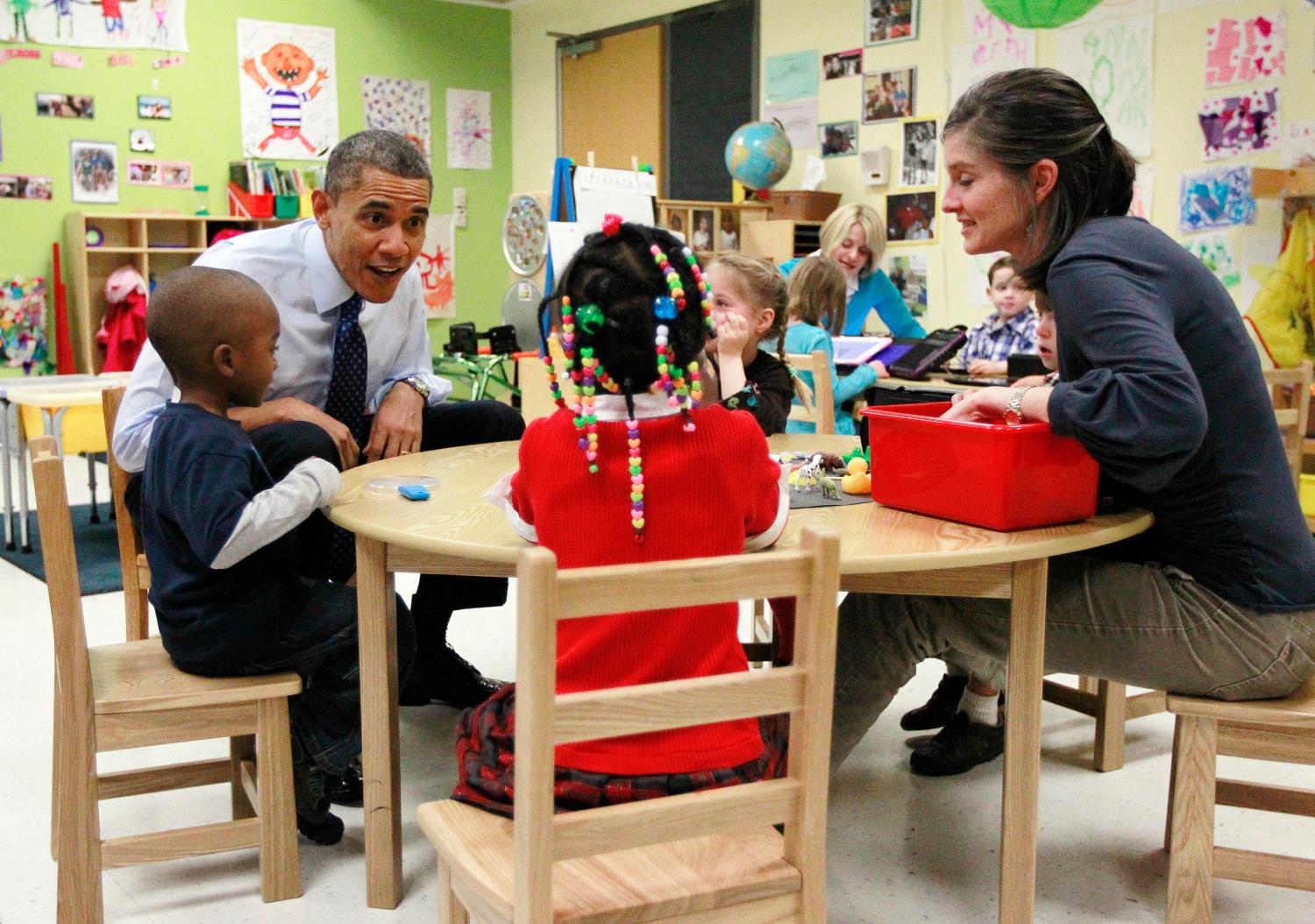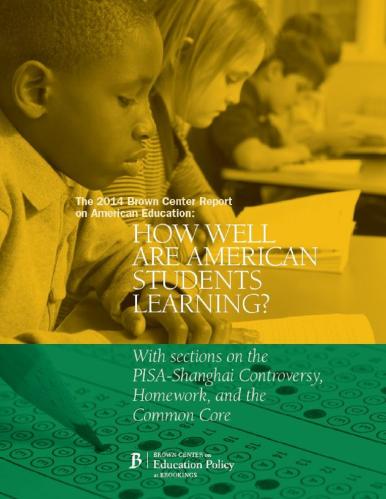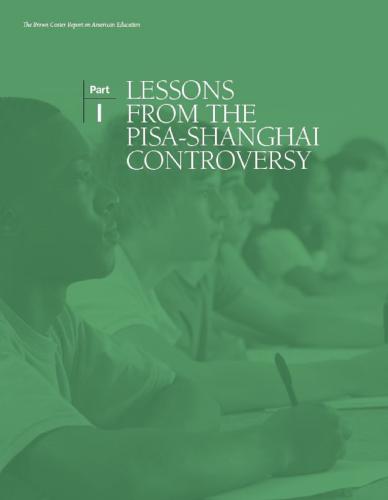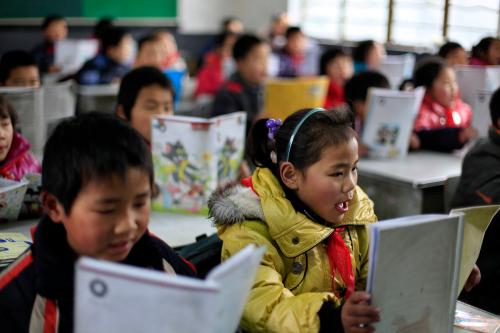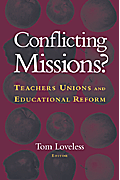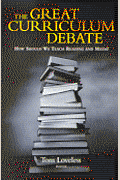The introduction to the 2014 Brown Center Report on American Education appears below. Use the Table of Contents to navigate through the report online, or download a PDF of the full report.
TABLE OF CONTENTS
Part I: Lessons from the PISA-Shanghai Controversy
Part II: Homework in America
Part III: A Progress Report on the Common Core
INTRODUCTION
This year’s Brown Center Report on American Education represents the third installment of volume three and the 13th issue overall since the publication began in 2000. Three studies are presented. All three revisit a topic that has been investigated in a previous Brown Center Report. The topics warrant attention again because they are back in the public spotlight.
Part I summarizes the recent controversy involving the Programme for International Student Assessment (PISA) and its treatment of Shanghai-China. The PISA is a test given to 15-year-olds every three years in math, reading, and science. Sixty-five national and subnational jurisdictions participated in the 2012 PISA. When the scores were released in December 2013, no one was surprised that Shanghai-China scored at the top in all subjects. But what has been overlooked by most observers—and completely ignored by the authorities running PISA—is that Shanghai’s population of 15-year-olds is sifted and shaped in ways that make its scores incomparable to those of any other participant.
China requires all citizens to hold a hukou, a passport-like document issued by a family’s province of origin. The system dates back to 1958 and the authoritarian regime of Mao Zedong. The original purpose of hukou was to control where people lived. Today it serves the purpose of rationing social services, including health care and education. Large cities in China are inundated with migrants who leave poor, rural areas in search of work. Admission to an academic high school in Shanghai is almost impossible for a student not holding a Shanghai hukou. In addition, students can only take the gaokao, the national college entrance exam, in their province of hukou registration. As a consequence, tens of thousands of Shanghai families send their children back to rural villages as the children approach high school age. The only other option is to leave the children behind in the first place, the fate of approximately 60 million children nationwide.
Hukou is hereditary. Children born in Shanghai to migrant parents are not entitled to a Shanghai hukou. In 2012, Zhang Haite, a 15-year-old student in Shanghai, took to the internet to protest being sent away to a rural village for high school, despite the fact that she had never lived there. The hukou system has been condemned by Human Rights Watch and Amnesty International for its cruelty in breaking up families and for limiting the educational opportunities of children based on their family’s hukou status. Not only has PISA been silent on the impact of hukou on the composition of Shanghai’s 15-year-old population, but PISA documents have also repeatedly held up Shanghai as a model of educational equity and praised its treatment of disadvantaged children.
From October 2013 to January 2014, a series of three essays on the Brown Center Chalkboard criticized PISA for ignoring the devastating effects of the hukou system. PISA officials were also criticized for several contradictory statements that cloak China’s participation in PISA in a cloud of secrecy. PISA officials and defenders of PISA responded to the critique. Part one summarizes the debate and offers lessons that the affair offers for PISA’s future governance. Several steps need to be taken to restore PISA’s integrity.
Part II is on homework, updating a study presented in the 2003 Brown Center Report. That study was conducted at a time when homework was on the covers of several popular magazines. The charge then was that the typical student’s homework load was getting out of control. The 2003 study examined the best evidence on students’ homework burden and found the charge to be an exaggeration.
Now, a little more than a decade later, homework is again under attack. In 2011, the New York Times ran a front page story describing “a wave of districts across the nation trying to remake homework amid concerns that high stakes testing and competition for college have fueled a nightly grind that is stressing out children and depriving them of play and rest, yet doing little to raise achievement, especially in elementary grades.”[1] A September 2013 Atlantic article, “My Daughter’s Homework is Killing Me,” featured a father who spent a week doing the same three or more hours of nightly homework as his daughter.
The current study finds little evidence that the homework load has increased for the average student. Those with a heavy burden, two or more hours of homework per night, do indeed exist, but they are a distinct minority. The maximum size of the heavy homework group is less than 15%, and that’s true even for 17-year-olds. In national polls, parents are more likely to say their children have too little homework than too much. And a solid majority says the amount of their children’s homework is about right. With one exception, the homework load has remained stable since 1984. The exception involves nine-year-olds, primarily because the percentage of nine-year-olds with no homework declined while the percentage with some homework—but less than an hour—increased. Click here for an animated visual display of many of Part II’s findings.
Part III is on the Common Core State Standards (CCSS). Forty-five states have signed on to the Common Core and are busy implementing the standards. How is it going? Admittedly, the Common Core era is only in the early stages—new tests and accountability systems based on the standards are a couple of years away—but states have had three or four years under the standards. Sufficient time has elapsed to offer an early progress report.
The progress report proceeds along two lines of inquiry. First, a ranking system crafted by researchers at Michigan State University is employed to evaluate progress on NAEP from 2009-2013. The MSU experts found that states with math standards that were similar to the Common Core in 2009 scored higher on the eighth grade NAEP that year compared to states with standards dislike the Common Core. The current study examines data from the NAEP tests conducted in 2011 and 2013 and asks whether the same finding holds for subsequent changes in NAEP scores. Have the states with CCSS-like standards made greater gains on the eighth grade NAEP since 2009? It turns out they have not.
The second line of inquiry utilizes a rubric that categorizes each state on the strength of its implementation of CCSS. NAEP gains were again compared. Here the news is more encouraging for the Common Core. States with stronger implementation of the CCSS have made larger NAEP gains. The downside to this optimistic finding is that the difference is quite small. If Common Core is eventually going to fulfill the soaring expectations of its supporters, much greater progress must become evident.
[1] Winnie Hu, “New Recruit in Homework Revolt: The Principal,” New York Times, June 15, 2011, page a1.
| Part I: Lessons from the PISA-Shanghai Controversy » |
The Brookings Institution is committed to quality, independence, and impact.
We are supported by a diverse array of funders. In line with our values and policies, each Brookings publication represents the sole views of its author(s).

